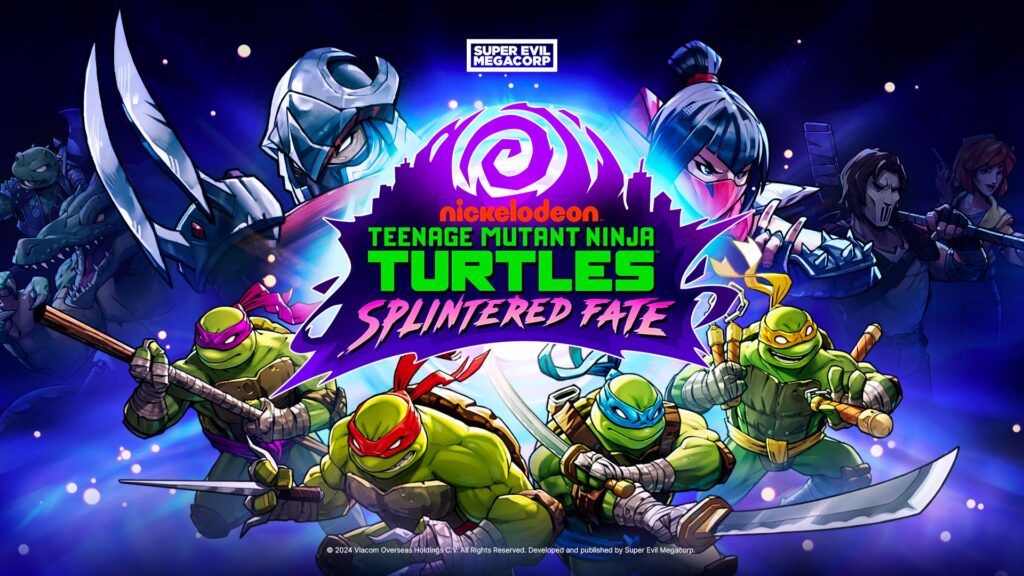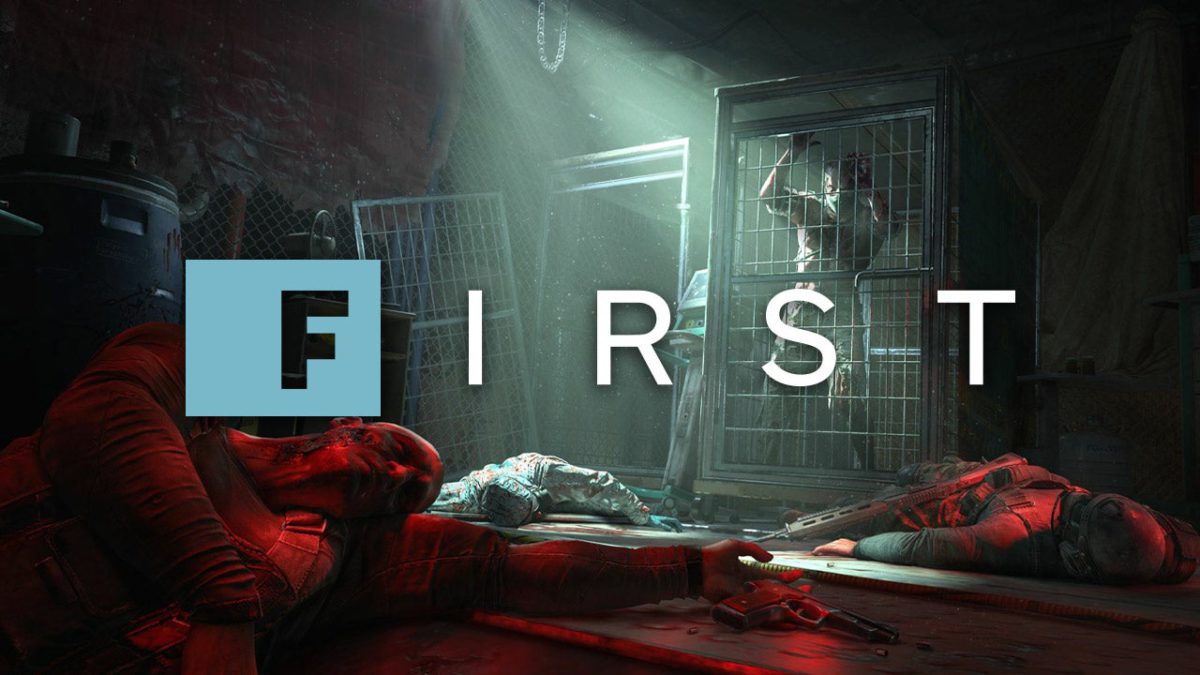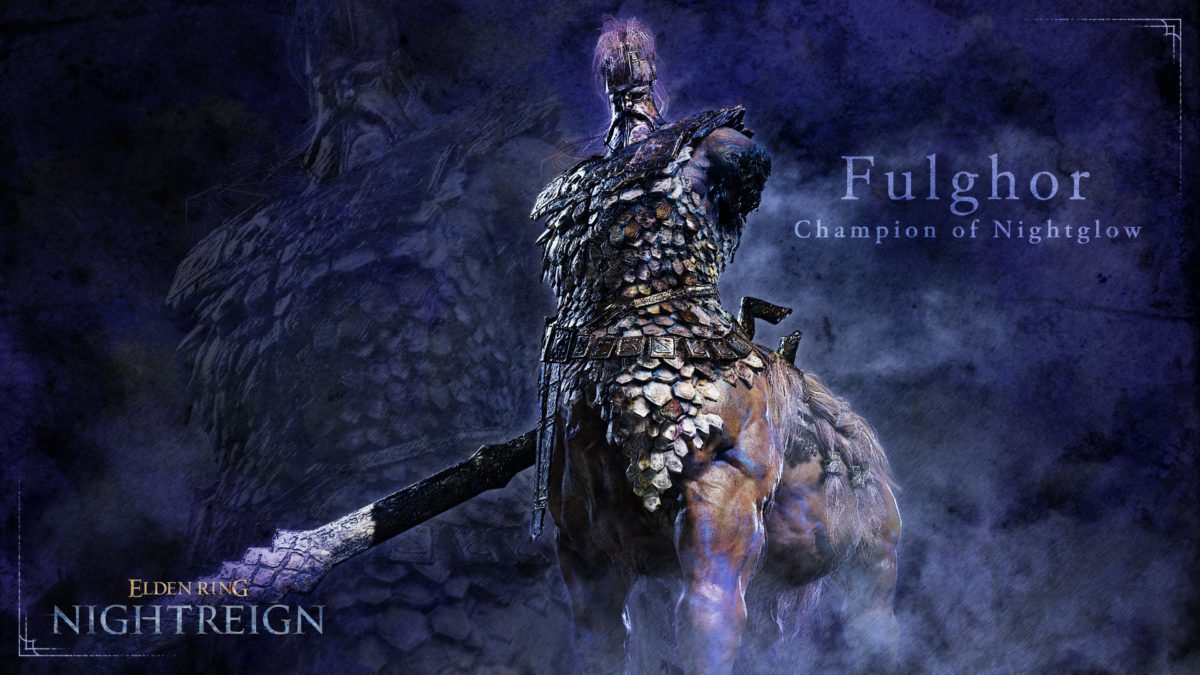The Heroes in a Half Shell have arrived on Xbox—and they’re ready to kick shell! Teenage Mutant Ninja Turtles: Splintered Fate brings fast-paced, roguelike action to your console, featuring chaotic co-op gameplay, powerful power-ups, and a cast of iconic characters. Whether you’re jumping in solo or teaming up with friends, we’ve put together some tips to help you get the most out of your first runs and beyond.
From character selection to upgrade strategies, here’s everything you need to know to start strong in the streets (and sewers) of New York City.

One of the best parts of Splintered Fate is its cast of playable characters. Each Turtle—and Casey Jones—brings their own combat style and strategic advantages to the fight. Not sure who to pick first? Here’s a quick breakdown:
- Leonardo: The oldest brother and Leader of the Turtles. Leo is a balanced fighter with fast, reliable attacks and a focus on getting into and out of combat swiftly. Great for beginners.
- Raphael: A hot head with a fiery temper. Raph is a heavy hitter who shines in one-on-one combat. His abilities pair well with critical damage upgrades.
- Michelangelo: The soul of the gang that keeps them going through the toughest of times. Mikey is a crowd-control specialist. His fast nunchuck attacks and AoE damage work great with status effects like Ooze.
- Donatello: The brains of the team. Donny is the toughest Turtle in the team and excels at manipulating the battlefield through the use of tools.
- Casey Jones: The newest addition, Casey’s puck attack is the first true ranged attack in the game. He’s a brute of a fighter with a powerful melee combo and the ability to pick off groups of enemies at a distance with his hockey puck.
Each character has powerful synergies depending on your chosen upgrades—don’t be afraid to experiment!

Story Mode: Kick Back and Enjoy the Ride
Not every player is here for high-stakes roguelike chaos. If you’re looking for a more relaxed experience, Story Mode is a great way to enjoy Splintered Fate‘s narrative at your own pace. With reduced difficulty, it’s perfect for soaking in the atmosphere—or playing alongside younger fans.
Dash Like Your Life Depends on It (Because It Does)
One of the earliest game-changers you’ll unlock is the Dragon Coin Station, where you can invest the Dragon Coins you’ve collected to gain permanent upgrades. We strongly recommend prioritizing getting that first extra dash.
Dash is your best friend in Splintered Fate—it lets you avoid damage, reposition quickly, and escape danger. Upgrading your dash ability early will help you survive longer, especially in tougher rooms or boss encounters.
Upgrade Smart: Damage, Health, and… Pizza?
When it comes to Dragon upgrades, damage and health boosts are always solid picks. But don’t sleep on other options! Abilities like “Slice of Life” can be a game-saver, especially when you’re deep into a run and low on health having an enemy drop a slice of health boosting pizza is delicious!
Look out for upgrades that complement your chosen Turtle’s strengths. As you progress through the game upgrades can be unlocked that boost each Turtles area of focus. If you’re new to the game, consider picking passives that boost survivability early on and add complexity as you gain confidence.
Master the Power Combos
Each run offers you new Turtle powers—some of which can evolve into legendary powers if combined correctly. Pay close attention to the synergy between the turtle powers, Fire, Water, Ooze, Utrom, Ninja and Astral.

Here’s a hint: stacking turtle powers of the same element will unlock more powerful abilities but the most powerful abilities require combining two elements, like Fire and Water. You never know when your next reward could turn a good run into a legendary one.
Boost Your Build: Tools, Inspirations and Masteries
Beyond the Turtle powers, you’ll find tools (active abilities), inspirations (passive character buffs), and character-specific masteries. Here’s how to get the most out of them:
- Tools are great for controlling the flow of battle but take a while to charge back up—use them strategically.
- Inspirations are unique to each Turtle, each starting every run with their two inspirations defining their unique play style. Sometimes though you can be rewarded with the inspiration of another turtle, leading to game changing builds.
- Masteries can be found during runs and boost the playstyle of your chosen Turtle. Many masteries are unique to each turtle and can change up how they are played.
Don’t Ignore Artifacts
Artifacts are powerful items that can give you major advantages during your run but you need to earn them. Some grant passive bonuses, while others trigger effects in battle. Unlocking and equipping them can make a huge difference, especially in later levels or co-op play.
You’ll earn artifacts as you progress through the game. Keep them in your sight—they’re worth the effort.

Shell Up and Dive In
Whether you’re a TMNT superfan or a newcomer to the franchise, Teenage Mutant Ninja Turtles: Splintered Fate offers something for everyone: deep progression, tight combat, couch co-op, and nostalgic charm. With these tips in your arsenal, you’ll be ready to face whatever Shredder throws your way.
So, grab your favorite Turtle (or Casey), power up, and jump into the action. New York City isn’t going to save itself! Teenage Mutant Ninja Turtles: Splintered Fate is available today on Xbox Series X|S and Xbox One.
Teenage Mutant Ninja Turtles: Splintered Fate – Launch Offer
Super Evil Megacorp
We’re excited to announce a special offer: the Casey Jones DLC is free for all Xbox players for a limited time! There’s never been a better time to jump in, simply buy the Launch bundle for the price of the base game, and Casey Jones plus the Junkyard level are yours to keep forever. But don’t wait too long -the offer ends on July 8th, so don’t miss out!
UNLEASH TURTLE POWER!
Grab your friends, pick your favorite Turtle and jump into a roguelike adventure to save Master Splinter from the foot clan! Master ninja skills, unite in bodacious online and local co-op gameplay, and conquer iconic NYC locales.
BODACIOUS CO-OP GAMEPLAY
In Splintered Fate, brace yourself for fast-paced, roguelike action where no two runs are the same. With randomized power-ups, room layouts, and boss modifiers, the excitement never ends. Take control of all four Turtles, each wielding unique powers, and team up with friends for bodacious co-op gameplay. Explore iconic NYC locations, upgrade your Turtle powers, and prepare to face off against formidable enemies.
BUILD YOUR POWER
Master the powers of water and fire, utrom and ooze, light and darkness, and -most importantly- Ninja to create unique and bodacious builds for your Turtles. Every run brings new challenges and opportunities – explore and perfect your favorite builds, and combine them with allies to conquer your enemies.
A THRILLING STORY
When Splinter is kidnapped by Shredder, mysterious portals simultaneously appear across NYC. With April and Metalhead analyzing recovered artifacts for clues, the Turtles battle to recover their father from the clutches of the Foot Clan. However, as the gang gets ever closer to Splinter’s otherworldly location, an even greater threat lingers in the shadows…
With additional settings, balance and tuning enhancements for PC, Splintered Fate promises to keep you engaged in the FIGHT, ADAPT, REPEAT portal loop. Be ready to restore peace to the city!
The post Cowabunga! Essential Tips for TMNT: Splintered Fate appeared first on Xbox Wire.


















